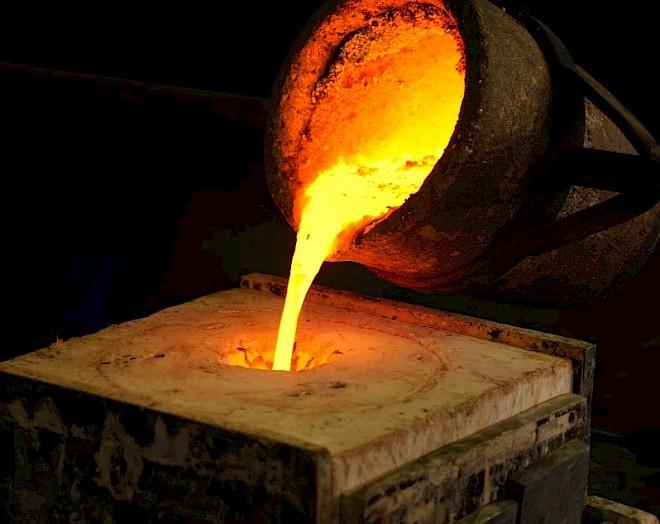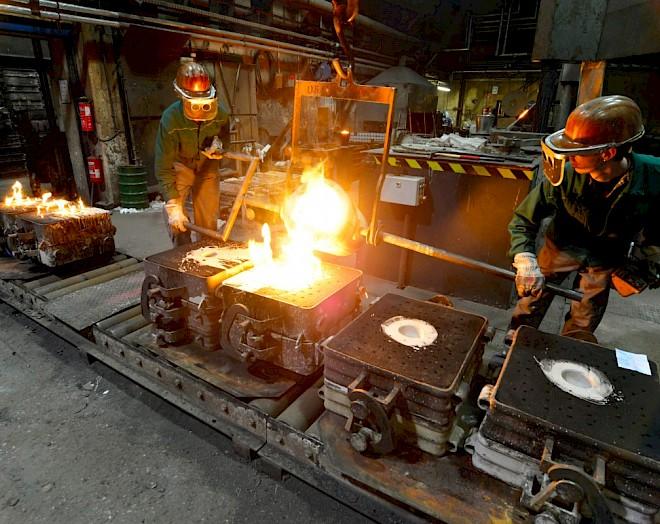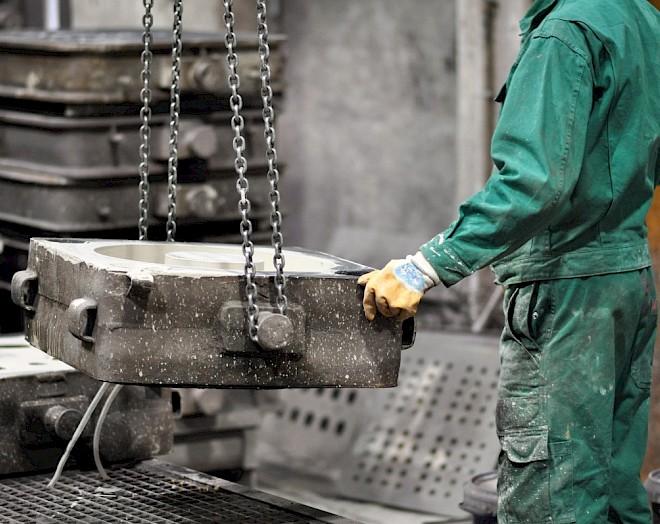ABOUT Sand Casting
Sand casting is a widely used method of producing small and large metal castings - both ferrous and non ferrous - by pouring molten metal into a sand mould, comprising a mixture of silica sand and clay (known as ‘Greensand’) or silica sand and chemicals (generally known as ‘Air set’).
Sand castings can be made from a variety of materials including iron, steel, bronze, brass, aluminium and magnesium.
A pattern, usually made of wood or aluminium, is required to create the sand mould. The sand is packed around the pattern, which is a replica of the external shape of the casting. When the pattern is removed, the cavity that will form the casting remains.
In some cases certain internal features of the casting cannot be moulded by the pattern; in these instances, separate cores which are made of sand prior to the formation of the mould are formed. These are place in the required locations within the sand mould. The mould-making time is determined by the number of cores, size of the casting and the type of sand mould. Once the moulds are made and cores are in place, the sand mould halves are closed and securely clamped together.
Molten metal is poured into the sand mould where it fills the cavity. As the molten metal cools inside the mould, it forms a solid casting. Once cooled and solid, the casting is knocked out of the sand mould.
Sand casting is a less expensive moulding process than other systems. In addition, this form of production allows the casting of complex shapes, weighing from a fraction of a kilo to several tonnes.
The surface finish of Airset and Greensand castings often shows evidence of sand grain however, this can simply and effectively be removed by secondary processing.
Shell moulded castings also fall into the sand casting category, where the mould material is made from sand and a thermo setting resin.
Shell moulding offers a good surface finish and good dimensional tolerances.


